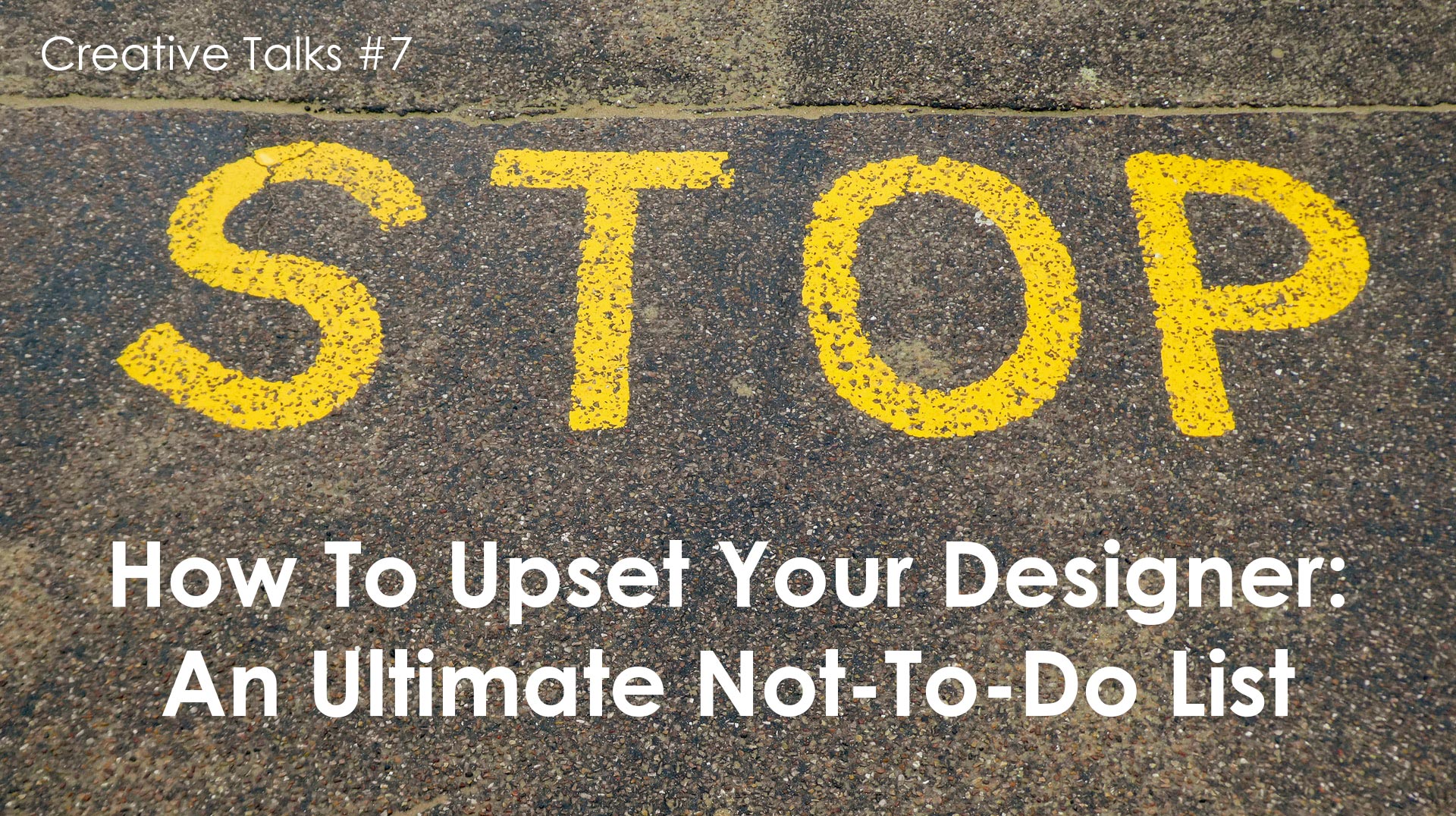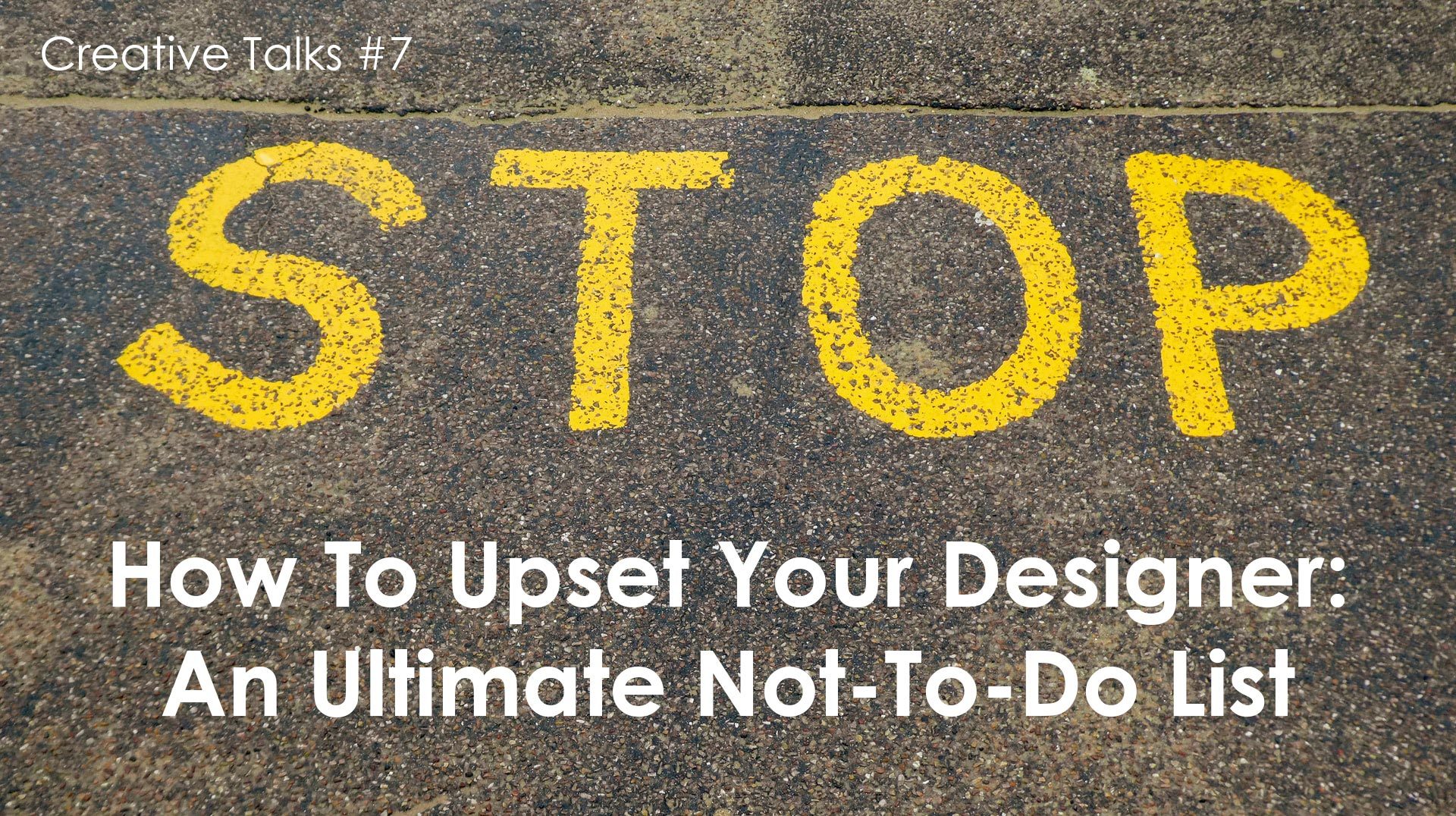Hi there!
The design industry, like any other, has its own dos and don’ts. Usually, the don’ts are the reason for missed deadlines, unpaid invoices, or troubled relationships. So, in this month’s Creative Talks, we choose to present you with a not-to-do list and the ways to transform it into a to-do one. To make it even more true to reality, we’ve asked the designers themselves to tell us more about their troubles and challenges while working with a customer or in a design team.
- What things do you find upsetting or bothering while working with a client or in a team? Do you have any particular stories in mind?
- Do you have any pieces of advice on how to resolve these uncomfortable situations? Which tips and tricks do you personally use?
These are the questions that we’ve asked the creatives and, if you ask me, the answers are pure gold. To all the newcomers, Creative Talks is a monthly topic powered by Approval Studio, where we ask designers, illustrators, and other creatives to talk about their experiences and opinions on various subject matters. Previously, we’ve covered such topics as Why Creatives Love Their Job (Part I and Part II) and Christmas Design Stories (Part I and Part II).
Disclaimer:
There is no way we want this article to come across as a negative one. We assure you that it was written first and foremost to share the experiences and make the gap in understanding between clients and designers smaller – as we all know, acknowledging the problem is the first step towards its solution. Also, we find it extremely helpful that the designers have shared their pieces of advice and their ways of making the situation a win-win for both parties. Learning is key!
Table of contents:
Cosimo Lorenzo Pancini at Zetafonts – Type Foundry
Zetafonts’ Behance and Website
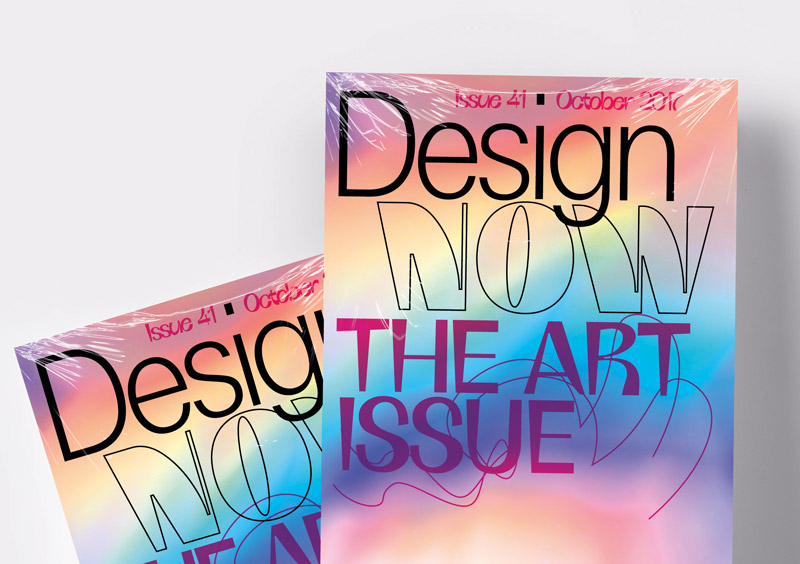
Typeface Design by Zetafonts
Regarding clients, the top issues for us are:
1) Clients not wanting to pay enough or not paying at all.
2) Clients not respecting designers professionally and assuming their work is taste-based.
3) Clients tending to always choose the worst proposal by saying, “I like this more.”
The first two points are huge and may require long solutions that are mostly marketing-related and not really about design. But the third issue, something that we believe young designers worldwide really suffer from, can be solved with strategy and tactics:
1) Learn to either believe in solutions that you don’t like, but that may be commercially solid for the client, or avoid showing solutions you believe could work but that you don’t find aesthetically correct for the current moment or the clients’ needs. In any case, never show something you don’t believe in.
2) If you have an exact idea about the design solution and are sure about some design choices, present alternatives that are irrelevant to the choice you made. Maybe you decided you want to have a logo in Futura because its vintage modern spirit embodies your client’s brand perfectly. Then, present three versions of the same logo in Futura with different color treatment and focus the client’s choice on colors. Clients love to choose, and your only chance, if you don’t trust their taste, is to provide them harmless choices.
3) If the bad logo was chosen, maybe there is some design subtext or aspect you have not considered. Annoy the clients back with a tight request for an explanation so that you can see what influenced their choice. In this way, you can keep or add these desired changes to your preferred design. But don’t waste too much time arguing: they are the clients, and they have the right to choose. (Maybe they are not the right clients for you…)
Regarding teamwork, I have a single piece of advice. It comes from mixing a piece of advice to designers by our great friend Jonathan Barnbrook (“Be kind”) with one by Stefan Sagmeister (“Be cool. Don’t be an asshole”). Good teamwork is essentially about being good professionals and good human beings. There’s no way to have effective teamwork if everybody is not sharing a sense of kindness and respect, and it’s challenging to make toxic people learn it, either if you are working for them or if you are their employer. So basically: “Be kind, and avoid working with assholes.”
Simone Nucci – Motion Designer
Simone Nucci’s Behance and Vimeo
Motion Design by Simone Nucci
Honestly, I love working in a team. There is nothing better than exchanging ideas, stories, and styles. In my experience, most of the time, the problem is the clients themselves or the project managers when they can’t manage them. Clients are the kings and queens because they pay, and we all agree on that, but sometimes just because they pay, they feel like part of the team and want to be designers as well. The trick is to engage them and guide them so they can trust you and you have a little more leeway. Being a designer is something really complicated. It’s like being a diplomat; it’s about listening and making all parties happy (clients, your bosses, ourselves) in a very often restricted time without being overwhelmed.
My advice is this, whenever you have time, try to be curious and create new things. Try to discover new ways of doing design, identify an aesthetic that you really like and enjoy doing. Then post as much as you can on the internet so that people see your work. What happens is that the clients will come to you, and they will ask to do your style. At that point, they will trust you so much that they will let you work without any further requests. In this case, both of you will be very happy!
Tom McAuliffe – McLetters Type Foundry & Design Studio
Tom McAuliffe’s Behance and Website
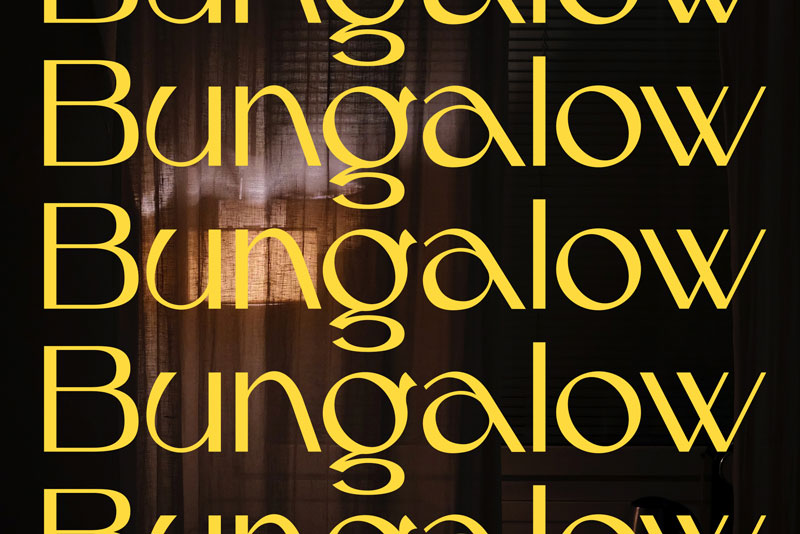
Typeface Design by Tom McAuliffe
What I find annoying with clients is when they just use you as a tool to make a logo and don’t consider your design vision. This often happens in the form of the client pushing ideas that don’t work well and ignoring your pleas to stop the disaster.
To avoid these kinds of clients, I try to have a face-to-face conversation with them to establish a level of respect. I’ve also begun charging higher prices to weed out all the potential clients who aren’t as serious about their business.
Jimbo Bernaus – Letterer & Art Director
Jimbo Bernaus’ Behance and Website
I believe that any successful design job starts with good communication skills and asking the right questions. By setting things up in the beginning, we will certainly avoid a huge percentage of problems down the road. Having said that, one of the things I try to avoid as much as possible is to deal with clients with 3 or more decision-makers. Even if all design work has to follow a set of rules that make the final product unique, we all know that both design and art can be subjective, and each individual will think differently about it. After a few bad experiences, now I understand that I have to make sure I know who is going to make the final decision and communicate to that person alone.

Album Artwork by Jimbo Bernaus
To avoid any kind of headache, it’s vital to stick to a plan and follow steps. Mine are:
- Make sure I know who I’m working with and state in the beginning that I want to communicate with the decision-maker.
- Once this is set up I ask them for a detailed brief (or provide them some questions if they don’t know exactly what a brief consists of). I usually jump on a call to meet them in person.
- After knowing a little bit more about their business and idea, I send them a detailed proposal with a budget.
- After the budget is discussed and accepted (always leaving a bit of room to wiggle) I send a contract (with the help of a lawyer) that protects me from not getting paid and also states the scope of work I will be willing to do. Clients also like these because it also gives them certain security.
And that’s it. Once all of this is done, you are ready to start doing what you do best – design!
As Matthew Roberts mentioned in his article on Effective Teamwork, it’s vital to incorporate appropriate design software into your workflow. Thankfully, Approval Studio is an online proofing tool that can help you with both organizing in-team collaboration and getting clear feedback from clients. We have included a vast number of features to battle the misunderstanding, such as on-image annotations, comprehensive reporting, and so much more.
Sóldís Finnbogadóttir – Graphic Designer
Sóldís Finnbogadóttir’s Website and Behance
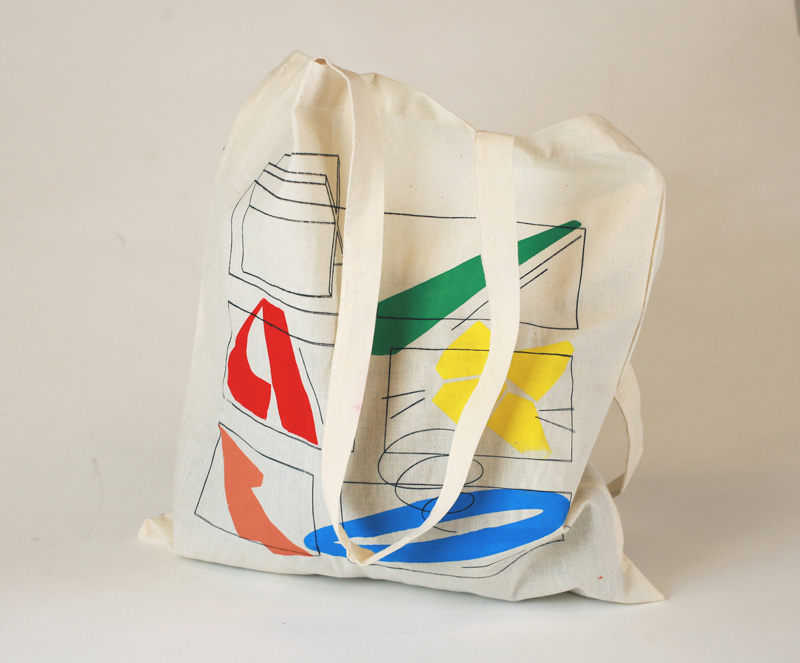
Visual Identity by Sóldís Finnbogadóttir
Some clients tend to underestimate all the work that is needed for each project. It’s like they don’t realize how much time is involved in the conceptual and creative process. A client once asked me to design a logo, and when I gave the price, they went silent. When I asked him about the project a few days later, he told me it was on hold. One month later, I walked past his company which had a new logo, not designed by me. I felt kinda disrespected because he could’ve easily just been honest with me.
In order to avoid these uncomfortable situations as a designer, I think the key is to be very clear from the beginning about all small details related to how you want to work with your client. It would even be most convenient to give the client a manual containing information about time and work needed in a project, and the price could be calculated from there.
Andrew Nye – Graphic Designer & Illustrator
Andrew Nye’s Website and Behance
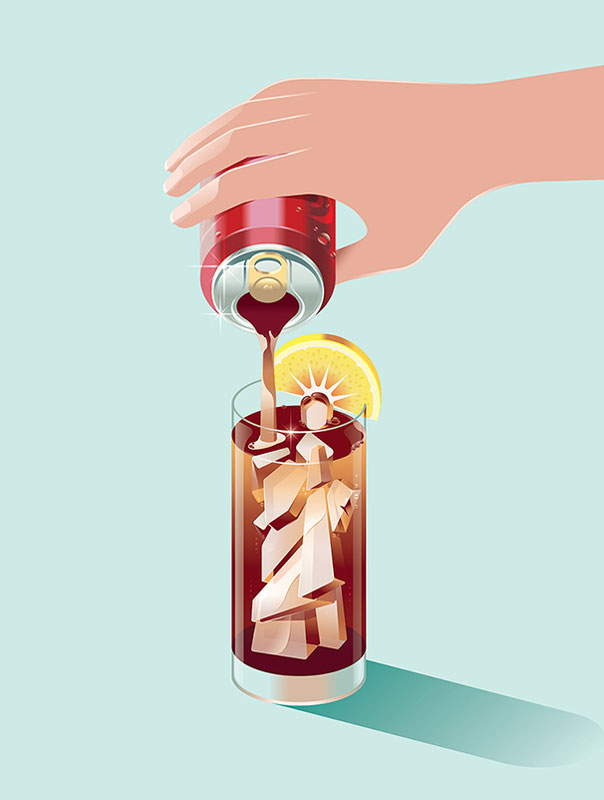
Illustration by Andrew Nye
An issue that bothers me in teamwork is creative group brainstorming. I think this is just me, but I would say group brainstorming is annoying as I tend to work better in my own head. Often in group situations, I get brain freeze and also tend to cut out ideas that I feel the group might think are cringe – but those cringeworthy concepts could work well if explored more!
To resolve this, I would have initial brainstorming done separately and then come together to discuss and build on concepts. Otherwise, the last resort is to change your career to illustration as I did 😉
Kenneth Kuh – Digital Designer
Kenneth Kuh’s Website and Instagram
There were times my creative process or flow would get interrupted when working for a client or in a team due to either miscommunication or late responses. To me, designing is all about sharing ideas and exchanging feedback: a good design practice needs both parties to get involved and be open to feedback.
However, sometimes having too many opinions in a team would hinder the work schedule, and other times, having one single absolute command from a client would eliminate all possibilities. It is this uncertainty that has always been not disturbing but challenging for me. I have since tried to resolve it by attempting to achieve a balance point for a mutual agreement.
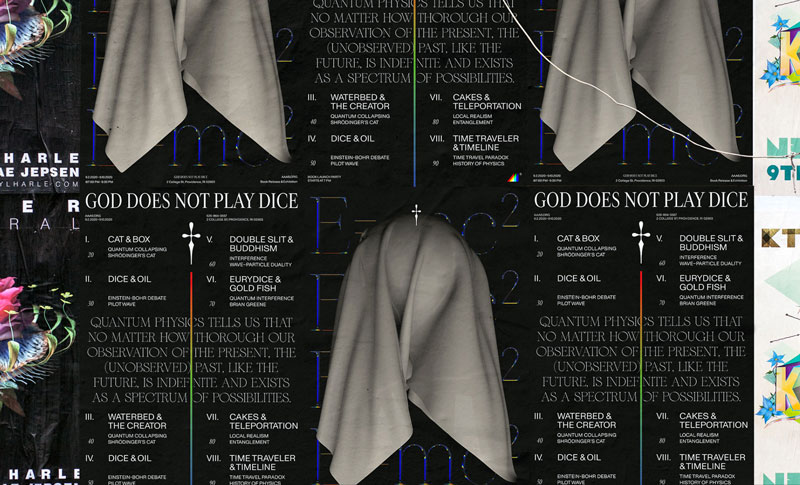
Editorial Design by Kenneth Kuh
During art school, I used to be that overconfident student who thought I could wield the client’s mind because I knew more about design than they did. But I soon realized that communication is the key to it. After all, graphic design is not just about making things look nice with fancy typography but rather about forging that intersection between people.
I believe a way to resolve miscommunication issues is to be humble as a designer and listen to what the client has to say first. And if you have a different opinion or a bit of advice you’d want to add on the side, just present them with two pitches! Simple as that, one with the design brief demanded from the client, the other with your own design interpretation. By doing so, the client can visualize the creative thinking that went behind the pitches more directly.
Another tip that I personally use a lot is to be responsive with either the client or teams in general. Be transparent with your creative process, be open to feedback, and be willing to share your design files with others so everyone can work on it together. Although it is hard to get used to at first, that is just how the design industry works. A lot of time, a project requires multiple people to be working simultaneously to maximize efficiency. And I think that is a great opportunity for inspiration to flourish since you have so many people painting a picture together.
Jasmine Qian – Motion & Graphic Designer
Jasmine Qian’s Website and Behance
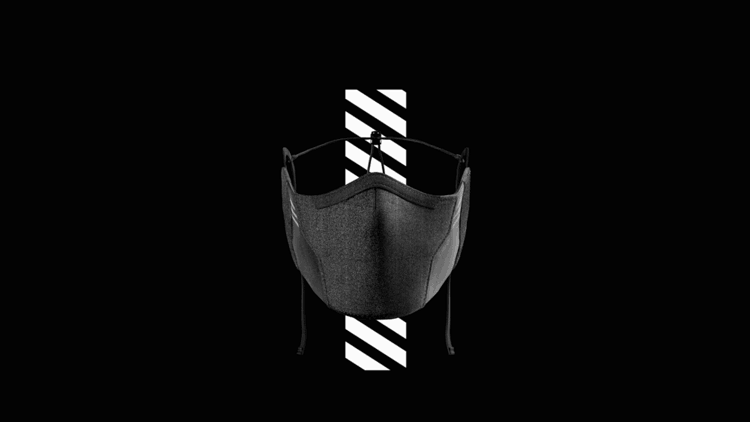
Motion Design by Jasmine Qian
What a hassle it can be when clients don’t know what they want, and they make different requests each time. I think I’ve been lucky because I haven’t had any particularly annoying clients so far. There was only one somewhat troubling case. Once, I did a package design project, and the packaging production plan provided was different every single time because the client didn’t have a clear discussion with the factory. I had to change my design over and over again for non-design problems. It worked out just fine in the end, but we wasted some unnecessary time.
I think effective communication is the key. If the clients don’t know what the problem is, we should tell them. Clients and the designer are equal and have mutual needs. There is no need to worry too much about offending the customer. Only through sincere communication can we achieve mutual understanding.
Ananya Mohan – Graphic Designer
Ananya Mohan’s Website and Behance

Editorial Design by Ananya Mohan
As a designer working with people from different parts of the world, it is the time zones that are annoying to me. Deciding on time for even simple catch-ups and submissions is a hassle. This has certainly been difficult recently when all project members happen to be in 4 completely different time zones. Careful planning made days before, as well as compromising, are what I feel has helped resolve this situation.
Elena Boils – Illustrator
Elena Boils’ Website and Instagram
One of the things that I find difficult is when a client takes ages to give feedback and then wants things done really quickly. I guess this probably is the main peeve of most designers. My advice for dealing with this is to set out a schedule beforehand, include the feedback timing, and maybe even have the amount of time written in the contract.

Illustration by Elena Boils
Invoice ghosting is another issue when people stop replying when you reach out to get paid. For this, I would suggest emailing a few times; if they don’t reply, you can say you are looking into getting legal advice. If they still haven’t paid after, then look into small court claims in your country. I’ve personally never had to go that far.
Something that doesn’t happen to me so much nowadays but did when I started – some clients asked me to do something completely different from my style. I would suggest being open with your client, maybe hopping on a call and going through your portfolio to look at things that could work, etc. You might not be what they’re looking for, but it saves you from having a headache.
Deidre Driscoll – Graphic Designer & Art Director
Deidre Driscoll’s Behance and Instagram
I find it upsetting that clients ask for a discount or lower rate because they either don’t have much budget or because they are only asking for a “simple” design (insert eye-roll). I recently had a client who was an acquaintance and needed a logo created for their freelance business, but they said they did not have much of a budget due to the pandemic. As someone who also has felt the negative effects that the pandemic has had on freelance work this past year, I could empathize, and I agreed to considerably lower my rate. A few months later, I discovered that this client actually had plenty of work and had just purchased a huge apartment. I’m taking this as a learning experience not to devalue my own time and effort that goes into working on a project, and I encourage other designers to do the same.

Brand Identity by Deidre Driscoll
This makes for a good segue to my next point: having to chase down clients for payment. The majority of my clients are pretty good with payments and will deliver within the 30 day grace period I give after completing the project. However, there are always those clients where it is a real struggle to make them pay within the grace period, and it is beyond frustrating. There are a few pieces of advice I would give to other designers who face this same struggle. First thing, always make a contract and do not start working on the project until the client has signed off. If the project will be a large one, I would also recommend requesting a deposit before beginning work.
Usually, when I near the end of the grace period and still have not been paid, I will send a friendly reminder that the due date is coming up. More often than not, this gets the client to pay within the next week or so. However, if the payment goes well beyond the due date, keep following up with the client through email or phone while remaining neutral and professional. This perseverance of being utterly annoying has always gotten the job done for me as I do eventually receive payment.
Lastly, if you are a freelancer, it is always good to make sure you have several months’ worth of living costs saved up just in case you do go through an unfortunate experience with a client and do not receive money in a timely fashion. This way, you will make sure you’ve got rent and food covered during this waiting period.
Another issue that I have experienced a few times during my design career is inappropriate clients. I always have tried to exude very professional behavior while working with customers. Still, there have been a few incidences in the past where male clients have been inappropriate or flirtatious in a way that a male designer counterpart would surely not experience on the same project. I have, at times, felt quite uncomfortable about this and sometimes have felt pressure to let these comments or behaviors slide in order not to risk losing the project.
Of course, these are issues that many women (and men too) have faced in probably most fields of work, and there is not always an easy answer. Personally, I have just tried to maintain a high bar of professionalism and re-route the conversations back to work at hand. If the inappropriate behavior continues or escalates, I would have to choose whether or not to discuss this behavior with the client or to remove myself from the project.
Cesar St. Martin – Art Director
Cesar St. Martin’s Behance and Website

Illustration by Cesar St. Martin
There are several things worth mentioning in an in-house design team, but I’d focus on “Empowerment”.
In a medium to big size SaaS companies, designers (or design teams) often have very little control over the creative strategies for product and marketing. Turning them into merely production teams and not the creative power force every company should have. Of course, this is going to eventually kill your design team’s motivation and ability to create unique things.
Design is usually undermined by data, so marketing and product teams usually dictate the type of content they should produce. In my opinion, designers should be more aware of this and learn how to translate complex data and turn it into strategic design planning. On the other hand, data teams should include designers to provide full (but clear) insights and encourage them to be involved from the early stages of a potential campaign. Once you’ve included them, empower them to provide solutions outside the box; from there, iterate and refine. You’ll be surprised how strategic designers can be when empowered!
Final Thoughts
As always, a big thank you to all of the designers who took the time to write the responses, share their experiences, and such valuable pieces of advice. Creative Talks wouldn’t exist without you!
All in all, there are multiple ways you can upset your designer and ruin the project or leave an unfavorable impression of yourself. Some of them include unpaid invoices, disrespect to designers’ choices, inconsistent feedback, and so on. However, this doesn’t mean that there is no way out. As the answers have shown, most problems can be dealt with through straightforward and two-way communication. The best part is that both sides usually strive to find common ground to create a stunning product.
Do you want to share your own thoughts on the topic? Don’t hesitate to contact us here or write an email directly to [email protected]. We love hearing from you!
Take care!

 TEAM SOLUTIONS
TEAM SOLUTIONS WORKFLOW SOLUTIONS
WORKFLOW SOLUTIONS



 REVIEW TOOL
REVIEW TOOL PROJECT MANAGEMENT
PROJECT MANAGEMENT TOOLS & INTEGRATIONS
TOOLS & INTEGRATIONS
 CLIENT INTERVIEWS
CLIENT INTERVIEWS








